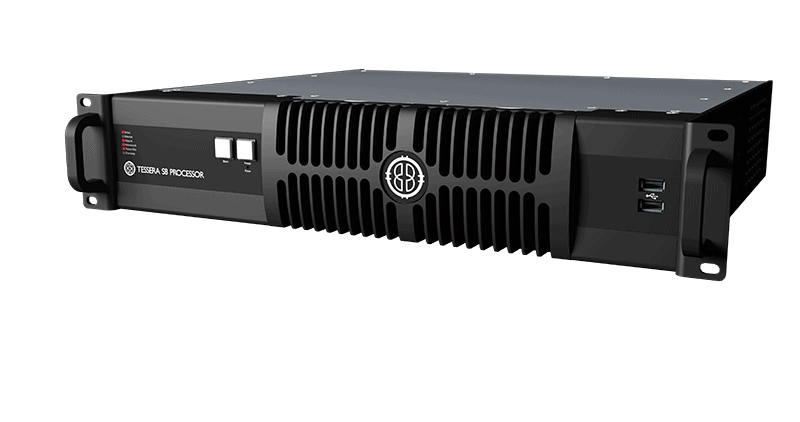XR And Virtual Production
LED Screens for use in XR And Virtual Production
With the advent of emerging technologies like XR and virtual production with LED screens, Hollywood studios and video game developers are reaping the benefits of higher quality and cost-efficient content production. In this blog post, we will explore how these new technologies are being used in the industry and discuss the advantages they offer.
What is XR and Virtual Production?
XR is short for Extended Reality, and is an umbrella term which includes Augmented Reality (AR), Virtual Reality (VR), Mixed Reality (MR) and any other form of technology that creates a simulated environment. It involves using computer-generated imagery, sound, and sometimes real-world objects, to create a virtual environment.
Virtual Production, on the other hand, is a term used in the entertainment industry to describe the process of creating content using virtual camera movements and other computer-generated elements. This allows filmmakers to create shots that would otherwise be too complicated or impractical to achieve in the real world.
LED Screen Technology For XR And Virtual Production
LED (light-emitting diode) screens have become one of the most popular display technology in the entertainment industry in recent years. LED screens are thinner, lighter and more energy-efficient than their traditional counterparts, making them the perfect choice for events or productions requiring large displays. LED screens are also capable of producing high resolution images, with quality and brightness levels that traditional screens are simply unable to match. This makes them the perfect tool for creating immersive digital sets that resemble real-world locations and environments.
-
Resolution
This is the number of pixels or dots on the screen that make up the image. LED screens with high resolution have more pixels, which give you sharper, more detailed images. XR/virtual production environments require high resolution screens to make the images look as realistic as possible, which is essential in XR/virtual production environments.
-
Genlock Synchronisation
A genlock is used to synchronise the cameras. Synchronisation is based on the pulse that generates frames in the camera. It creates an incredibly accurate way to align multiple sources of video content by sending a pulse that instructs all devices to capture frames at exactly the same time. Using Genlock, you can lock the processor’s refresh to the shutter of a camera. In this way, XR LED screen systems do not produce the unsightly rolling black bars that are seen on video walls.
-
Moiré
LED panels produce moiré because they are made up of a tight grid of individual LED pixels. Image sensors in digital cameras also use grid systems, using millions of tiny light cavities, or “photosites”, to capture images. It is impossible for them to be perfectly aligned with each other, so moiré is caused by the clash of the two. High refresh rate LED screens will mean you are less likely to encounter the moiré effect as will lowering the camera shutter speed.
-
Refresh Rate
It is the frequency at which the image on the screen is updated or refreshed. Smoother images are produced by higher refresh rates. The purpose of this is to prevent choppy or blurry images in XR/virtual production environments. Ideally refresh rates in this kind of environment would be a minimum of 3840hz but 7680hz or above is optimum.
-
Colour Accuracy
When it comes to creating realistic digital imagery, XR/virtual production requires high levels of colour accuracy. In addition to their excellent colour accuracy, LED screens allow you to control brightness, saturation, and hue.
-
Latency And FPS
The response time of the screen to changing images is referred to as latency. It is important to have low response times when creating XR/virtual content so that the images are displayed smoothly without any lag. For instance a change FPS from 60Hz to 120Hz will reduce the latency time by half. Dynamo’s LED Displays can reach a FPS OF 240Hz
-
Brightness
HDR effect will be improved with higher brightness. In order to comply with the HDR+ Standard, the display must achieve a brightness of 3000 cd/m2 which will increase things like explosions, lighting effects and much more. There are also other benefits, such as lower consumption, better white uniformity range, and longer lifespan
Advantages of XR and Virtual Production
Dynamo LED Displays XR Solutions
Dynamo’s DVX studio series is designed specifically for XR and virtual production. It has features such as high refresh rate (7680Hz), low latency (0.167s), X360 technology which eliminates colour shift and and XGOB which is protective resin layer that increases the contrast levels.
Brompton Technologies
Conclusion


